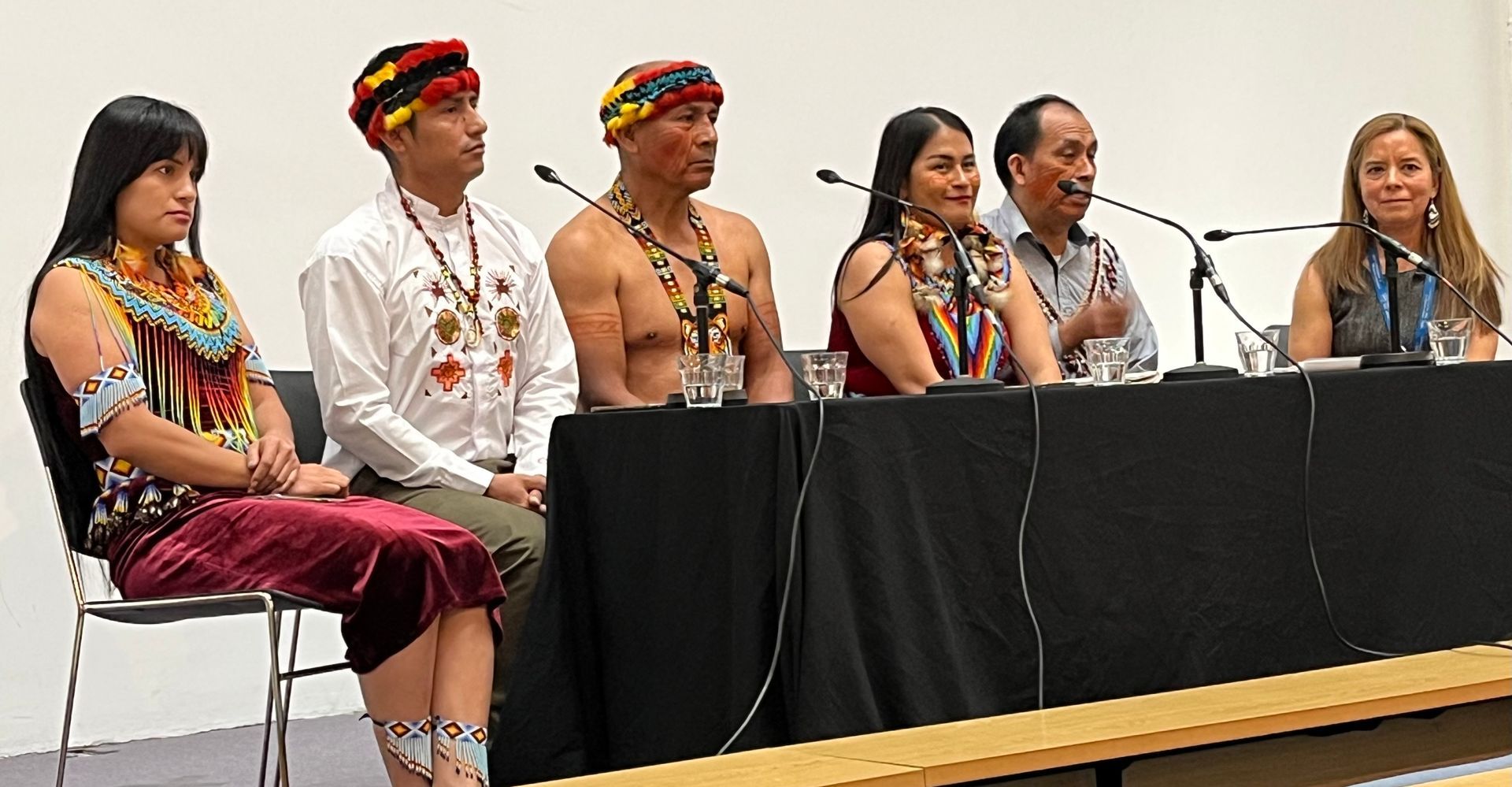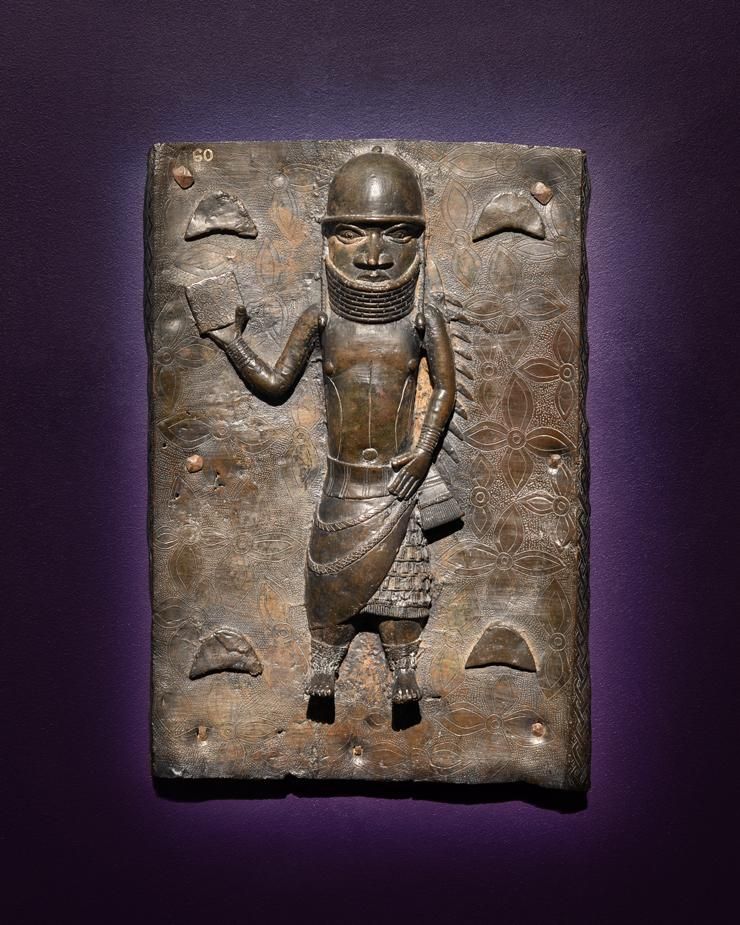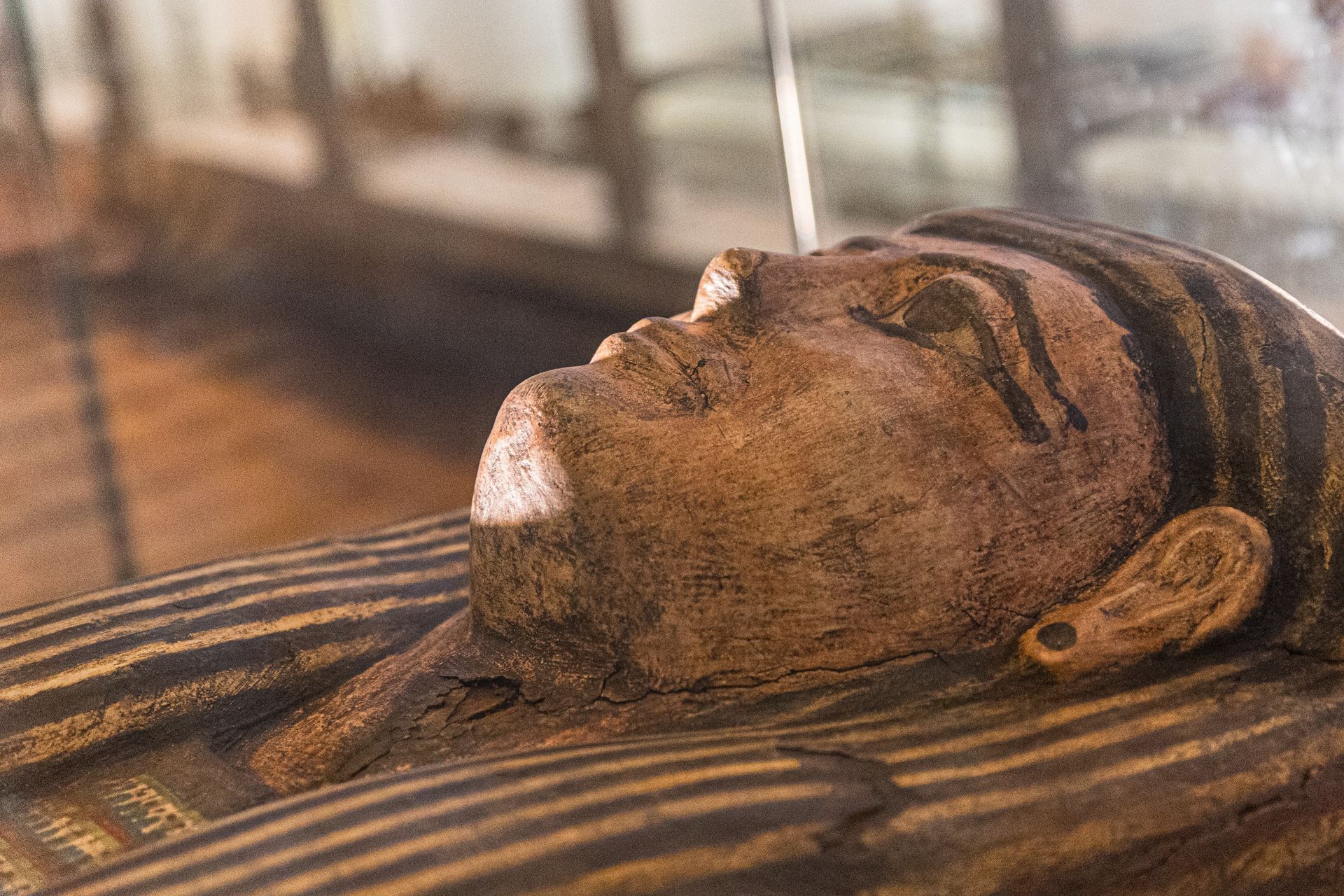Cultural Restitution
SHARE ARTICLE
The caribou coat tradition was widespread with hunters and in ceremonies among Indigenous groups in northern Quebec, in particular among the Cree, Innu, Naskapi and Montagnais.
These coats are very special. Between 1700 and the 1830s it was believed they held spiritual powers and that wearing them could help deliver a good harvest. They are also elaborately decorated and the different designs, each unique to the different nation, help museums today identify the origins of a coat.
Research is being undertaken to establish whether the spiritual powers and significance in these coats waned after a hunting season or whether their properties continued to be active. Whatever the results of this research, it's clear such coats are immensely important in helping people learn about the history and traditions of these Indigenous groups.
Bristol Museum & Art Gallery has held three caribou coats in its collection, part of the city's world cultures collection since the 1830s-1840s. A request to loan two of these coats, along with a James Bay beaded hood, was made to the Museum in 2014. It was followed up by a request in 2019 by the Aanischaaukamikw Cree Cultural Institute (ACCI), Quebec to transfer one of these caribou coats into their collection on a permanent basis. ACCI is the museum, cultural institution and showcase of the history of the James Bay Crees.
No documentation survives about the provenance of this particular coat, although its design suggests it belonged to a hunter from the Naskapi nation, probably acquired or traded by a visiting merchant or traveller. It was acquired by the Museum from a private collector. Lisa Graves, world cultures and archaeology curator at the Bristol Museum and Art Gallery explained the Museum was happy to be involved in the transfer of artefacts back to Canada’s Indigenous groups.
“The power of these objects, that have been away from their homes for so long, [and what it] means to communities…. To be part of that process and to continue that healing…. I was very proud to be able to do that.”
Lisa Graves
The transfer was completed in October 2021, almost four years after discussions about repatriation began in 2017/19. ACCI aims to continue research into this and one other caribou coat in its collection, believing it will yield vital information about their use and significance. The Institute is also excited about the coat’s potential as a teaching tool.



